Fruit and Vegetable Production
-
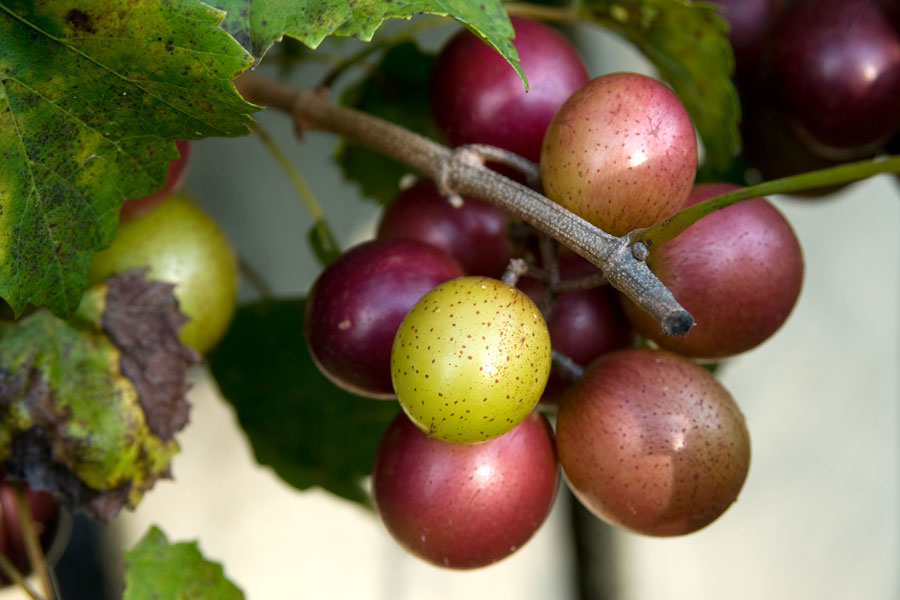
This 2024 update to the regional integrated pest management guide provides recommendations for muscadine grape production in the Southeastern U.S. Recommendations are based on information from the manufacturer’s label and performance data from research and Extension field tests. This publication is intended for use only as a guide. Specific rates and application methods are on the pesticide label, and these are subject to change at any time.
Phillip M. Brannen and Sarah Lowder
|
-
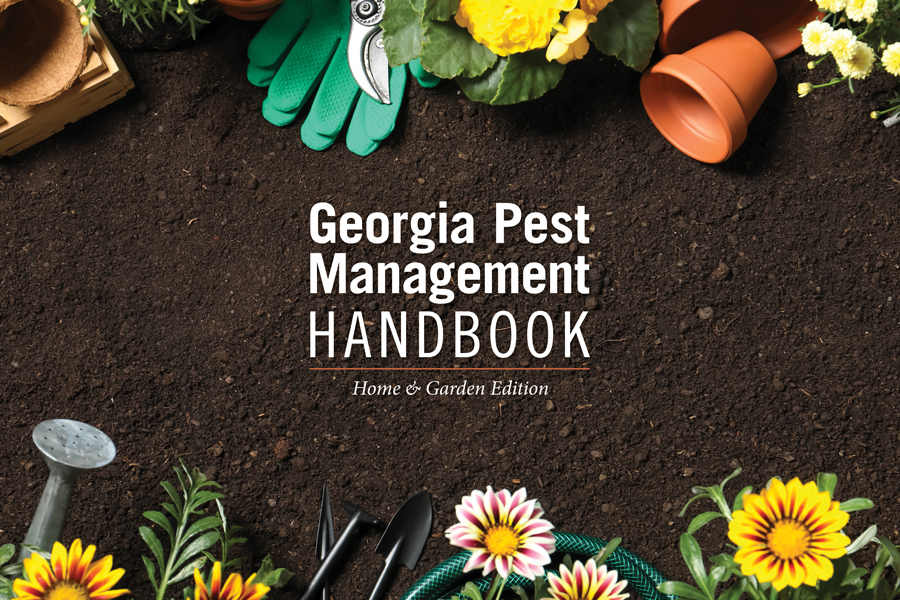
SB 48-05
Home Orchard
This section of the Home & Garden Edition covers pest control in home orchards, including apples, peaches, bunch grapes, muscadines, strawberries, blueberries, and other fruits. Beginning in 2022, the Home & Garden Edition has been updated biennially. When purchasing a product based on a first-year recommendation of the Handbook, check the current product label before purchase to be sure it is still labeled for the use for which you are buying it. For pesticide products you have on hand from earlier purchases, you are allowed to use them until they are depleted without penalty under the law. Always follow label instructions before use. Contact the product’s manufacturer for the most up-to-date label.
Harald Scherm, John N. All, Brett R Blaauw, and Allison Faye Johnson
|
-

In this video, you will learn how to judge the optimum maturity of strawberries for harvest and how to identify the main quality attributes that are important for maximum postharvest shelf life.
Laurel Dunn and Angelos Deltsidis
|
-
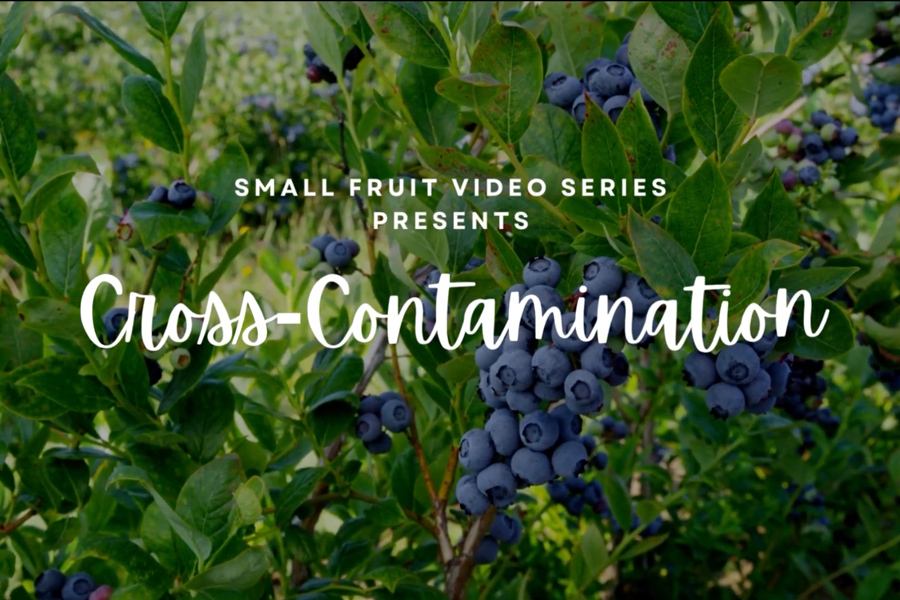
C 1300-02
Cross-Contamination
Cross-contamination, resulting in foodborne pathogen contamination of small fruits, can occur at any point throughout production and post-harvest handling. This video discusses techniques and best practices for growers and packers to ensure the production of safe, high-quality small fruits. This video was produced in collaboration with the Auburn Department of Horticulture.
Laurel Dunn and Angelos Deltsidis
|
-
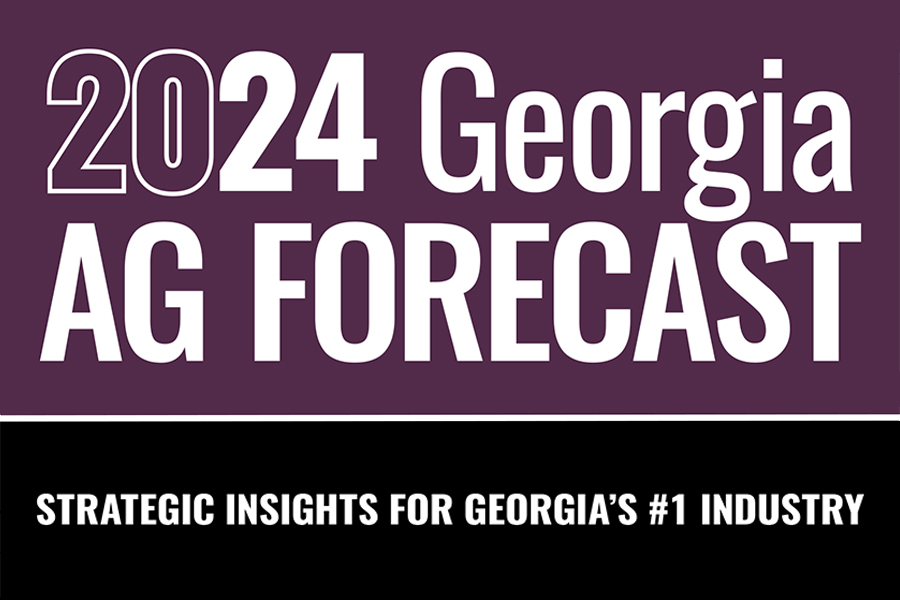
AP 130-2-10
2024 Fruits and Tree Nuts Outlook
1. High prices for peach producers helped a strong producer price index in the 2022–2023 crop season. The PPI is expected to stay strong in 2024.
2. Favorable prices came from production shortages, caused by bad weather in Q1 of 2023 that devasted the Georgia and South Carolina peach industries.
3. Citrus experienced the lowest production recorded in 50 years, and growers now prefer fresh market citrus instead of processed.
4. For blueberries, the newly signed memorandum to export 800 tons to the EU market will help maintain strong prices in the 2024 crop season.Esendugue Greg Fonsah and Ben Campbell
|
-
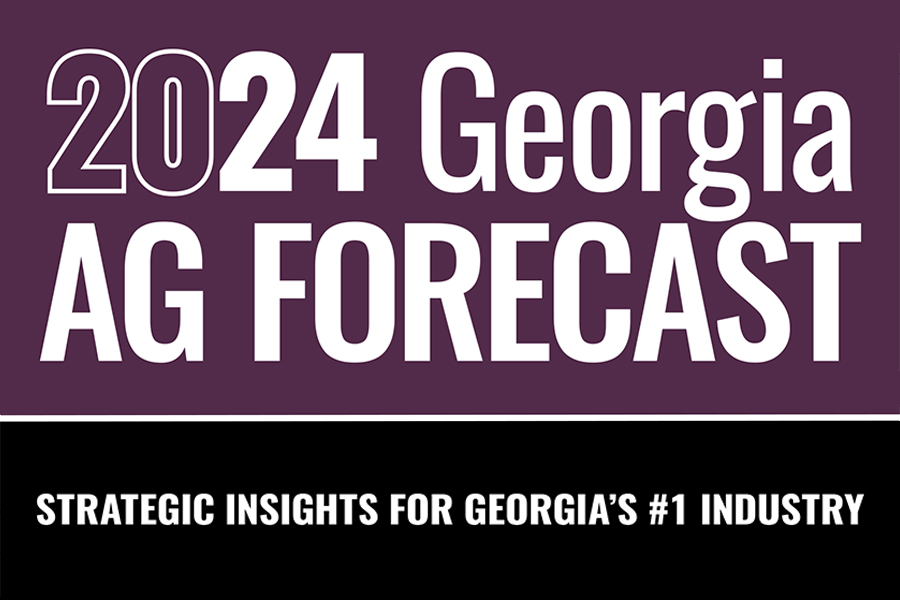
AP 130-2-11
2024 Vegetables and Pulses Outlook
1. Total harvested area of vegetables and pulses decreased by 3.2% from 2021 to 2022, and fresh and processed vegetable area harvested decreased by 5.1%; the situation is expected to deteriorate in 2024.
2. 2022 total imports of vegetables and pulses were $18.7 billion, an increase of 11.1% compared to 2021; this import trend is expected to continue.
3. Per capita vegetable consumption may increase in 2024 but will not attain the level seen in the years 2020–2022.Esendugue Greg Fonsah and Ben Campbell
|
-
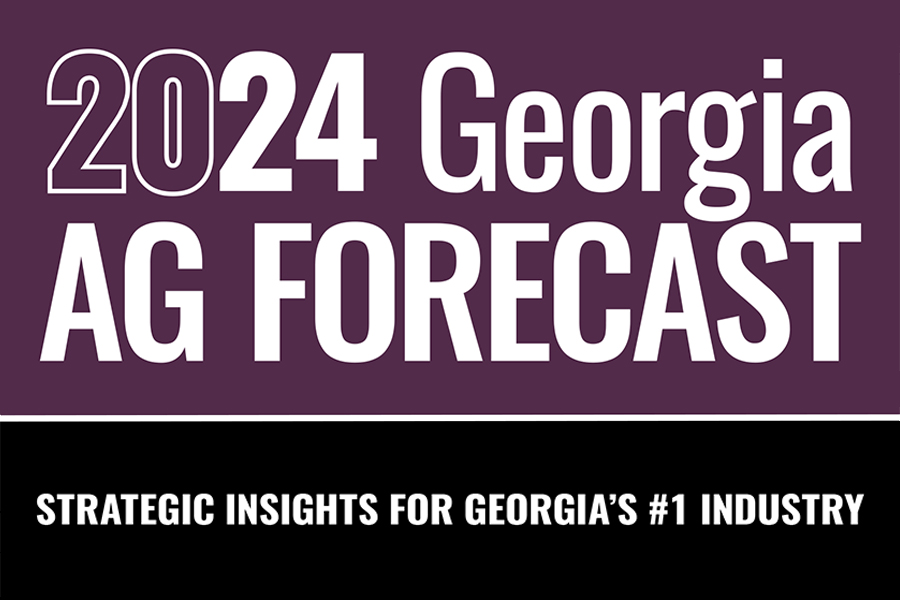
AP 130-2-06
2024 Corn, Soybean, and Wheat Outlook
1. Tighter margins are expected in 2024 for corn, soybeans, and wheat as commodity prices are forecast to be lower and input prices are expected to be flat.
2. Growing demand for sustainable biodiesel fuels will slow soybean price declines relative to the decline in corn prices.
3. Expect more acres planted to soybeans and fewer acres planted to corn and wheat.Amanda R Smith and Ben Campbell
|
-
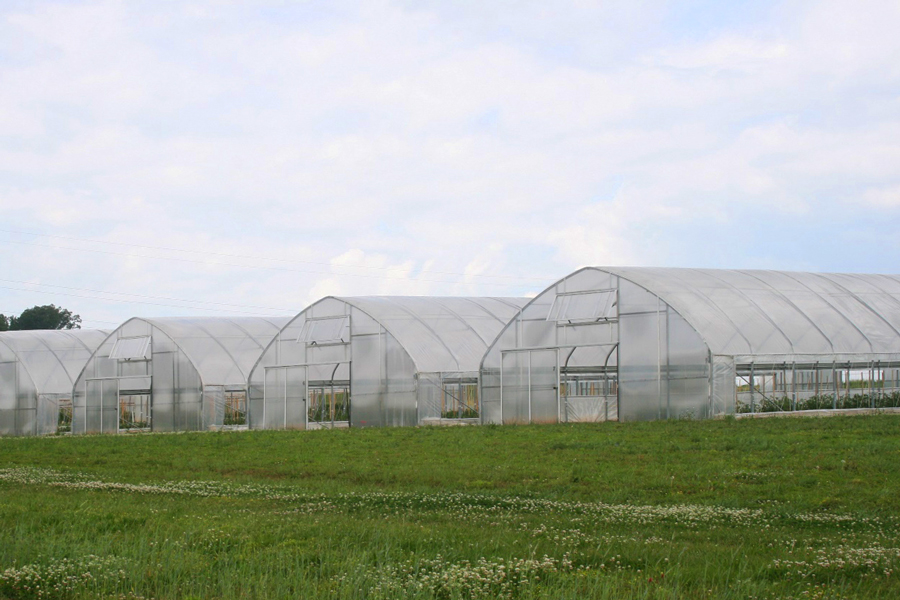
This publication is an introduction to high tunnel production that focuses on horticulture aspects of organic tomato production. Diseases and insect pests are not covered, but high tunnel construction, siting, shading, fertility, and irrigation of organic tomatoes are addressed.
Juan Carlos Diaz-Perez, Timothy Coolong, and Kate Cassity-Duffey
|
-

Accurately distinguishing insect pests from beneficial arthropods is a critical component in the implementation of an effective and sustainable pest management program. This circular provides a succinct and practical summary of natural enemies commonly found in pecan orchards in the Southeast U.S.
Andrew Sawyer
|